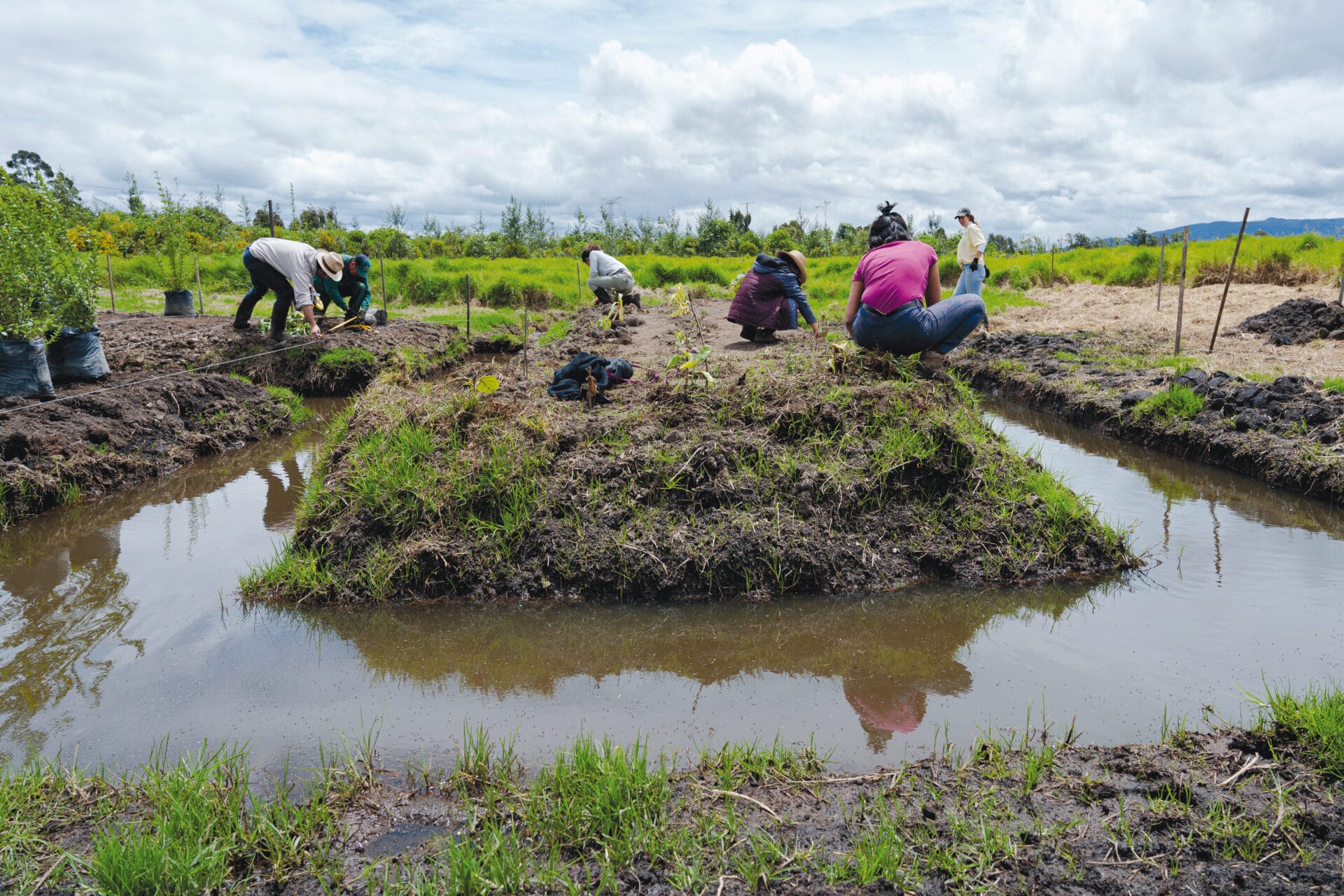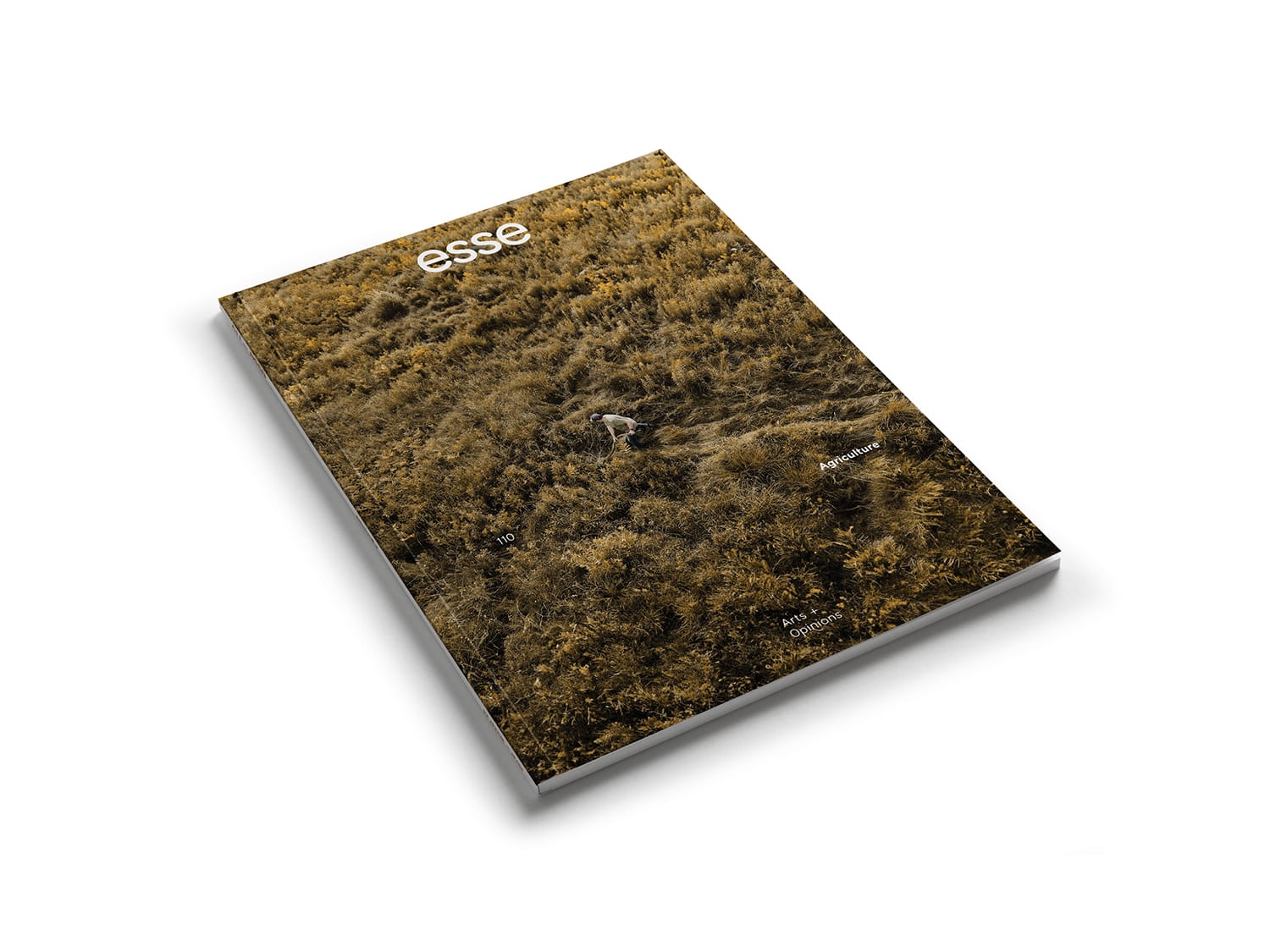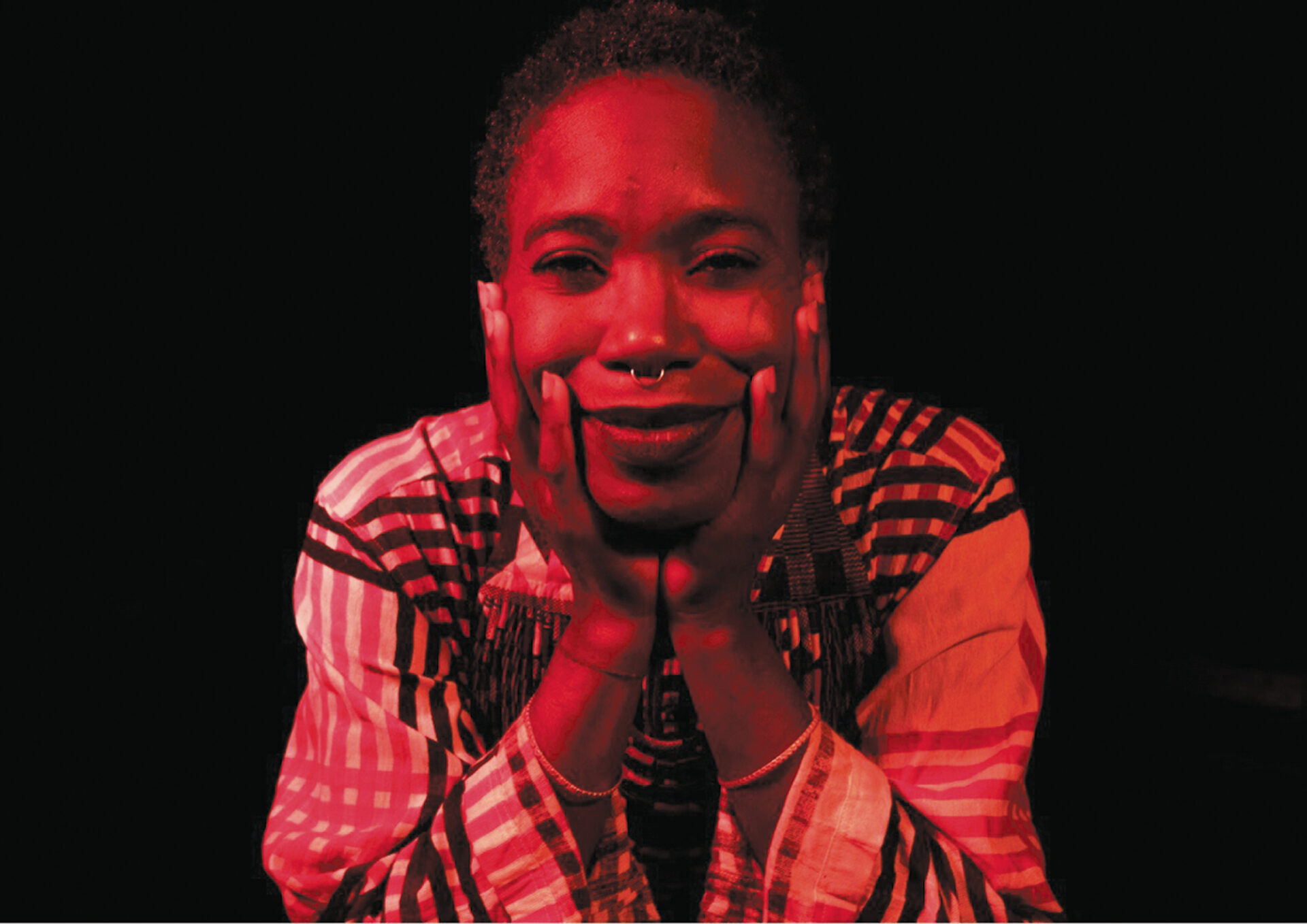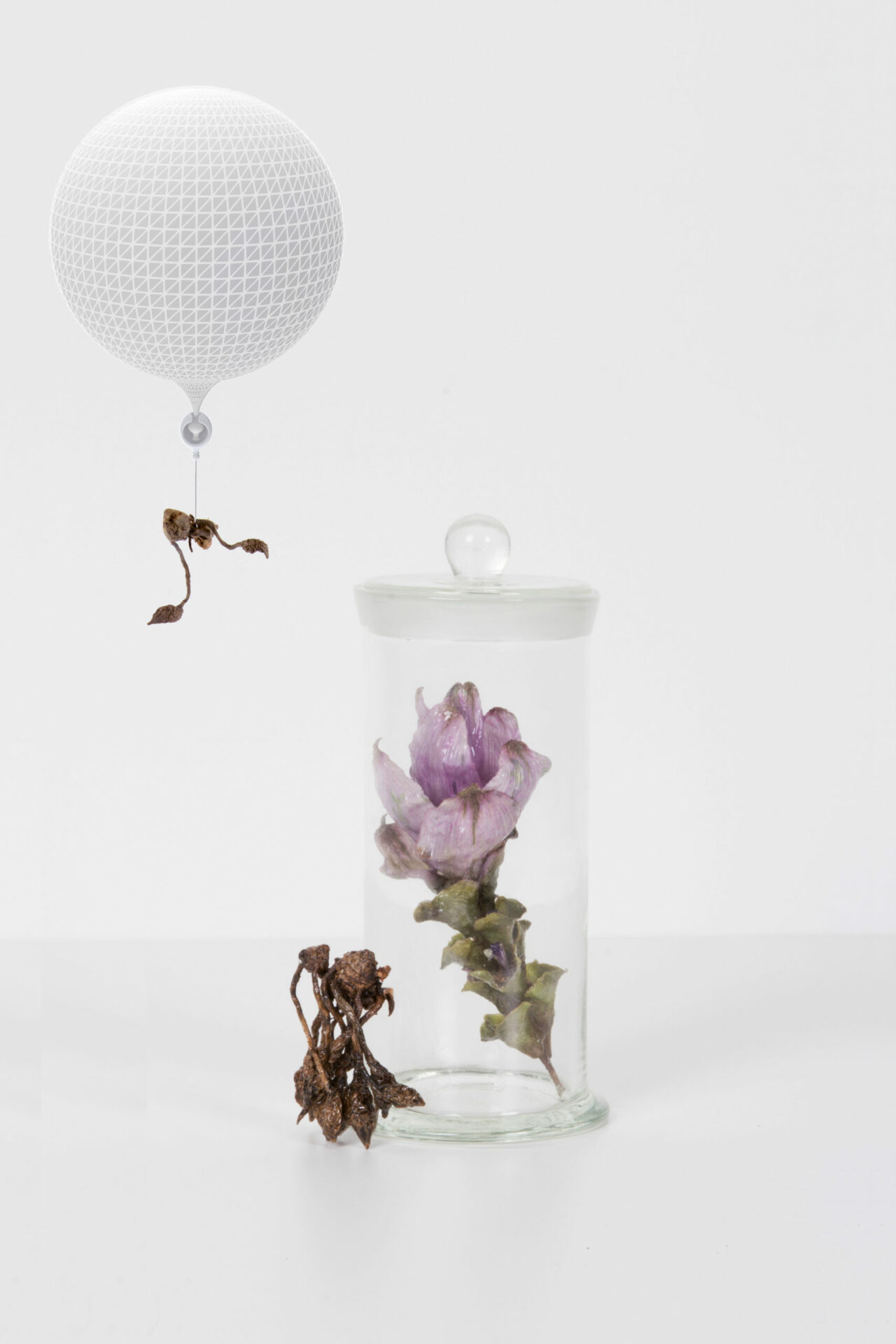
Photo: Sergio Durán, courtesy of the artists
Uncommoning Agriculture
Knowledge of the Muisca cultivation system had largely been forgotten in the city when, in 1968, the US anthropologist Sylvia M. Broadbent documented a checked pattern of cropmarks: short, parallel lines stretched across the valley floor, between old stream beds and the marshy channels of the savannah, from Suba to the Bogotá River.1 1 - Sylvia M. Broadbent, “A Prehistoric Field System in Chibcha Territory, Colombia,” Ñawpa Pacha: Journal of Andean Archaeology, 6 (1968): 135 – 47. Her aerial photographs showed evidence of an extensive network of zanjas (ditches), where the agrarian society raised crabs and fish, and camellones (raised planting beds) where they cultivated important subsistence crops: beans, quinoa, potatoes, yuca, tobacco, sweet potatoes, and maize (“aba” in the Muysccubun language). Regulating water flows across the savannah, the channels transformed marshy meadows into a sophisticated agricultural system.




